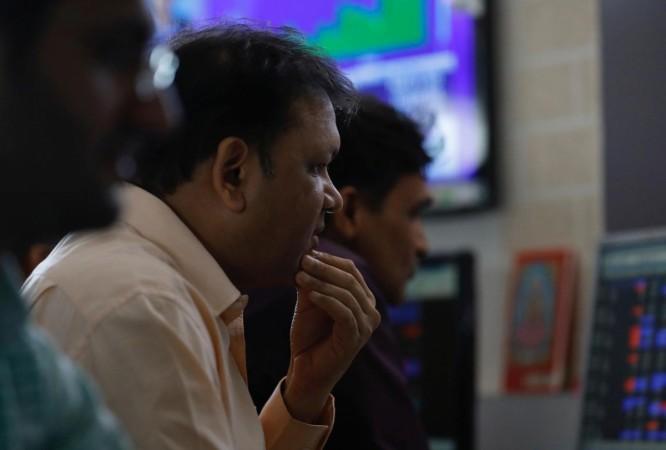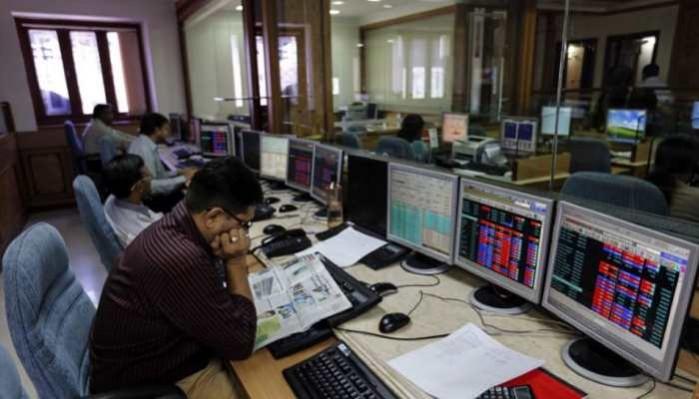The domestic stock market witnessed a sudden dip on Monday opening after Federal Reserve official Jim Bullard suggested that the first interest rate hike by the US central bank by the end of 2022.
The key Indian equity indices have somewhat recovered from the initial losses, though they are still trading in the red. The BSE Sensex fell as much 604.26 points during the initial trade to touch an intra-day low of 51,740.19.
At around 10.05 a.m., it was trading at 52,042.18, lower by 302.27 points or 0.58 per cent from its previous close of 52,344.45. It opened at 51,887.55 and has so far touched an intra-day high of 52,050.44 points.

The Nifty50 on the National Stock Exchange was trading at 15,588.15, lower by 95.20 points or 0.61 per cent from its previous close. The top gainers on the Sensex so far were NTPC, Hindustan Unilever and ITC, while the major losers were Mahindra & Mahindra, L&T and ICICI Bank.
Bull market continues
As of now, the current bull market rally is on, where the index (BSE Sensex) doubled from its trough, and India has had six bull markets over the past three decades.
"If we exclude the 2003-08 bull market, the average duration of the other four bull markets is 72 weeks, compared with 64 weeks for the ongoing one. Given our view of a likely new profit cycle, the 2003-08 bull market duration may be the template for the ongoing bull market," Morgan Stanley said in a report.
106% up
There is return dispersion across bull markets making the average return less meaningful. "This one is up 106 per cent - the historical average is 284 per cent. While we see further upside in the immediate 12 months, the pace of gain may slow," the report said.
The average weekly return of 1.6 per cent is still less than what we have seen in other bull markets and tells us that the apparently rapid pace of equity returns in the current bull market is nothing unique. The volatility of this weekly return at 3 per cent is not different from history, it added.
India's outperformed EM in each of the previous five bull markets with an average outperformance of 52 per cent versus 23 per cent for this bull market. "We expect India to continue to outperform EM in the coming months," Morgan Stanley said.

Consumer Staples is underperforming, as it usually does, whereas Materials, Industrials and Consumer Discretionary (all cyclicals) are the top 3 performing sectors. Under-performance of Financials is an outlier, usually a top 3 sector (could be due to composition changes). Our picks for the coming year are Consumer Discretionary, Industrials and Financials, it said.
Earnings and ROE are depressed and, if we are right about the coming new earnings cycle, fundamentals bear considerable upside. Interestingly, thus far, this is the lowest interest rate regime we have had in a bull market.
Material upside can be expected on FPI flows. "We are still in early stages of the equity issuance cycle and they could rise anywhere between 3 to 5 times average market cap before this bull market ends. Unlike popular perception, we think trading activity in this bull market is not elevated," Morgan Stanley said.




!['Lip lock, pressure, pyaar': Vidya Balan- Pratik Gandhi shine in non-judgmental infidelity romcom Do Aur Do Pyaar [ Review]](https://data1.ibtimes.co.in/en/full/797104/lip-lock-pressure-pyaar-vidya-balan-pratik-gandhi-shine-non-judgmental-infidelity-romcom.jpg?w=220&h=138)







